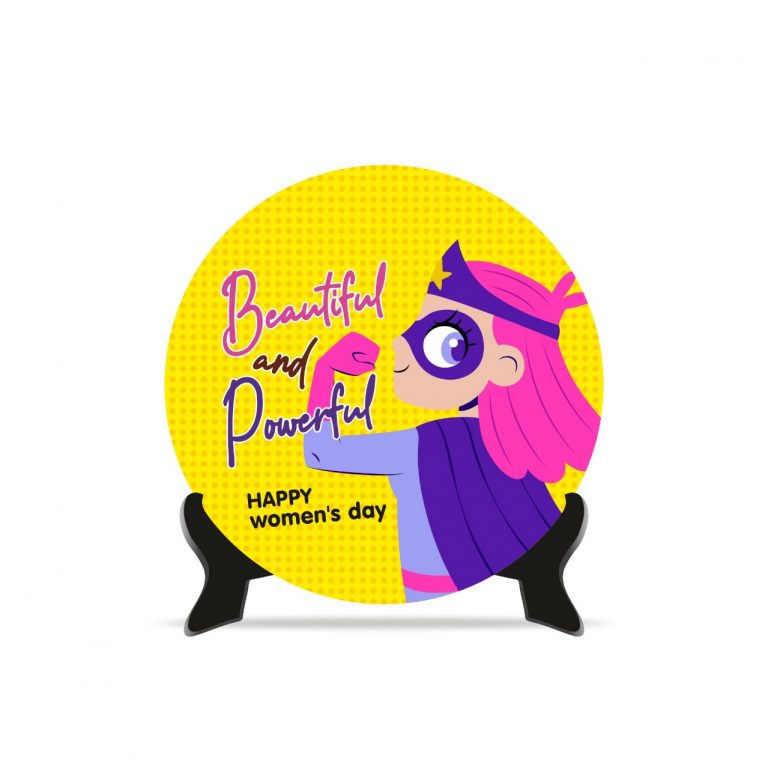The Hidden Challenge of Employee Moonlighting
Moonlighting in the workplace-where employees take on secondary jobs in addition to their primary employment-has become an increasingly common concern in the evolving corporate world. Especially with the rise of remote work, the boundaries between personal time and company time have blurred, leading to an uptick in dual employment. While some instances of moonlighting may be harmless or even beneficial for skill development, unethical moonlighting-when it affects employee productivity, leads to conflicts of interest, or violates contractual obligations-can pose serious risks to an organization’s operations and reputation.
Organizations today must prioritize the development of strong strategies to detect moonlighting and build robust policies to prevent moonlighting in a way that maintains trust and productivity. This article explores how businesses can identify the signs of moonlighting, implement a clear HR moonlighting policy, and protect both their interests and employee well-being.
Understanding the Concept: What is Employee Moonlighting?
Employee moonlighting refers to the practice of employees working multiple jobs simultaneously, often without informing their primary employer. In some cases, this involves freelancing, consulting, or taking up part-time roles. While not inherently wrong, problems arise when these extra jobs conflict with the interests of the primary employer or when the employee’s performance deteriorates due to divided focus and energy.
Organizations that ignore moonlighting in the workplace may suffer from lower productivity, data security issues, and internal dissatisfaction. Identifying the difference between acceptable and unethical moonlighting is key to forming an effective response strategy.
Why Moonlighting Has Grown Post-Pandemic
With the expansion of remote work and gig culture, moonlighting during remote work has surged. Employees now have the flexibility and access to digital tools that make taking up side gigs more convenient than ever before. The pandemic also sparked financial insecurity, pushing employees to look for additional income sources.
However, without transparency, these side jobs can snowball into ethical breaches. Companies need to take a proactive approach to detect moonlighting behaviors while being sensitive to the motivations behind them. Not all moonlighting is driven by greed-some employees might just be trying to pay off debts or acquire new skills.
The Risks of Unethical Moonlighting for Employers
Unethical moonlighting can have far-reaching consequences:
- Productivity Decline: Employees involved in dual employment might deliver subpar results in their main job.
- Conflict of Interest: Especially in industries like tech or consulting, working for a competitor or handling client work without disclosure poses significant risks.
- Data Security Breach: Employees may unintentionally or intentionally share confidential information across employers.
- Burnout and Health Issues: Overworking without rest can lead to physical and mental exhaustion, impacting team dynamics and morale.
Employers must detect moonlighting early and establish clear boundaries via an enforceable HR moonlighting policy.
How to Detect Moonlighting Without Invasion of Privacy
Finding a balance between employee monitoring and respecting privacy is essential. The goal is not to spy but to ensure that performance standards and company ethics are upheld.
Here are some proven techniques to detect moonlighting:
- Performance Monitoring: A sudden drop in quality of work, missed deadlines, or lack of engagement can indicate signs of moonlighting.
- Work Log Audits: Inconsistencies in time logging, especially during remote work, may raise red flags.
- Surveys and Feedback Tools: Anonymous surveys can help uncover stressors or time allocation issues linked to side employment.
- Technology Use Tracking: Monitoring the use of company-provided devices for unrelated work can assist in moonlighting investigation-but this must be done ethically and transparently.
Remember, the idea isn’t to micromanage but to develop data-based insights into employee performance and well-being.
Related Posts
Creating a Strong HR Moonlighting Policy
Prevention begins with clarity. A strong HR moonlighting policy should:
- Clearly define what constitutes employee moonlighting.
- Outline permissible vs. impermissible forms of secondary employment.
- Explain potential repercussions of unethical moonlighting, including disciplinary action.
- Include a mandatory disclosure requirement for any secondary job.
- Educate employees on the rationale behind the policy during onboarding and performance reviews.
Having such a policy can deter unwanted behavior and make it easier to prevent moonlighting proactively.
Encouraging Openness and Offering Alternatives
Rather than adopting a purely punitive approach, organizations should create an environment where employees feel safe to share their financial or professional concerns. This can be achieved through:
- Flexible Work Options: Give employees more control over their schedules.
- Internal Gig Opportunities: Offer short-term projects or side tasks within the organization to channel employee interests.
- Upskilling Programs: Help employees grow within the organization so they’re not tempted to seek fulfillment outside.
By providing alternatives, organizations can reduce the need for employees to consider employee moonlighting in the first place.
Looking Ahead: Build Transparent Cultures
To thrive in a hybrid and gig economy, companies must not only track and prevent moonlighting but also build a culture that fulfills employees’ needs. When employees feel valued, challenged, and adequately compensated, the lure of side hustles diminishes.
If your organization is facing uncertainty around moonlighting during remote work, now is the time to revisit your internal policies, engage with your teams, and align your values with the new work era. An open culture backed by clear expectations is the most effective antidote to the hidden threat of employee moonlighting.
Conclusion: Prevention is Better Than Cure
In today’s dynamic workforce, moonlighting in the workplace is not going away-it’s evolving. Instead of ignoring it or cracking down harshly, employers should build awareness, set boundaries, and support employees in ways that discourage the need for undisclosed side work.
A low-impact HR moonlighting policy, combined with thoughtful employee monitoring and clear communication, is essential to prevent moonlighting from becoming a bigger issue. By staying alert to signs of moonlighting and conducting occasional moonlighting investigations when needed, employers can safeguard productivity and trust.
The reality is that employee moonlighting isn’t always black and white. It’s about intention, transparency, and impact. Organizations that recognize this and focus on balanced approaches to detect moonlighting and manage it will be better positioned to navigate future workplace challenges.
Disclaimer: The views, data and case studies we publish on our website are purely based on publicly accessible information and organizational disclosures. Amazing Workplaces® does not take a position on any legal or regulatory matters concerning any information available on our website.










